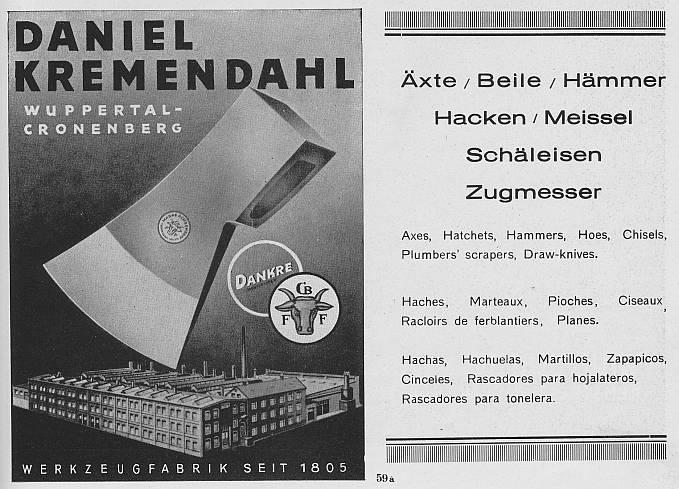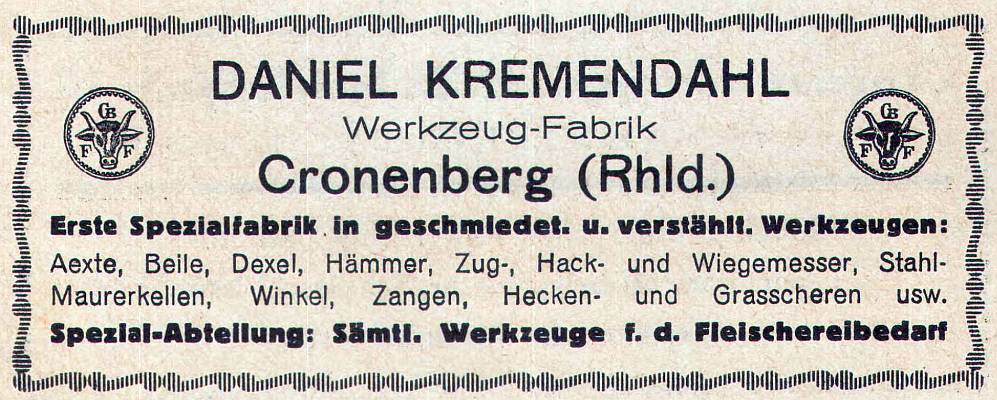- Joined
- Mar 9, 2012
- Messages
- 29
Hello up there.
We have recently made goosewing hewing axe replica of Baltic traditional finishing hewing axe lines. Ornament made from one old Austrian goosewing axe (thanks for one of Bladeforums members, who sent us pictures of his Austrian goosewing ornaments).
Here are the original ornament pattern:
Specs:
Laminated blade. L6 tool steel for the cutting edge.
Hardness: Rockwell 59-60 (HRC)
Overall weight: 3.6 kilos.
Blade length: 370 mm
Axe head: 210 mm
Handle length: 420 mm
Overall length: 790 mm
See the pics here:








We have recently made goosewing hewing axe replica of Baltic traditional finishing hewing axe lines. Ornament made from one old Austrian goosewing axe (thanks for one of Bladeforums members, who sent us pictures of his Austrian goosewing ornaments).
Here are the original ornament pattern:

Specs:
Laminated blade. L6 tool steel for the cutting edge.
Hardness: Rockwell 59-60 (HRC)
Overall weight: 3.6 kilos.
Blade length: 370 mm
Axe head: 210 mm
Handle length: 420 mm
Overall length: 790 mm
See the pics here:








Last edited:





